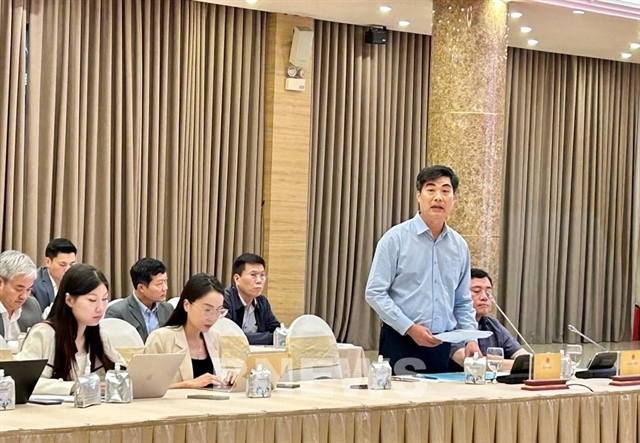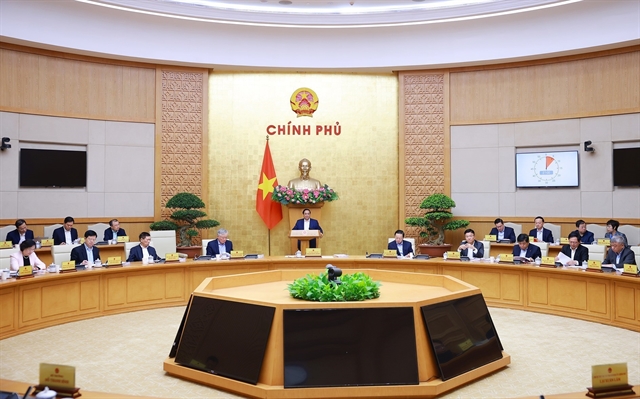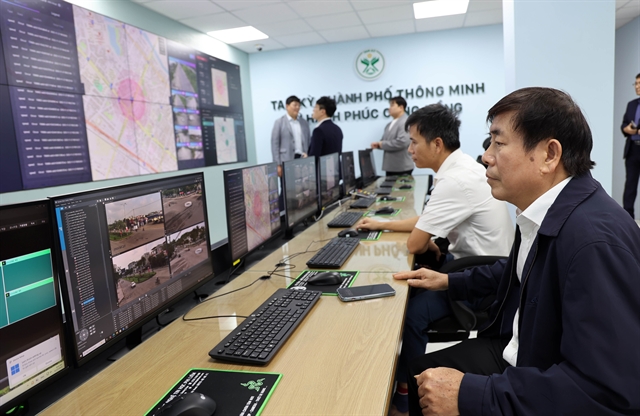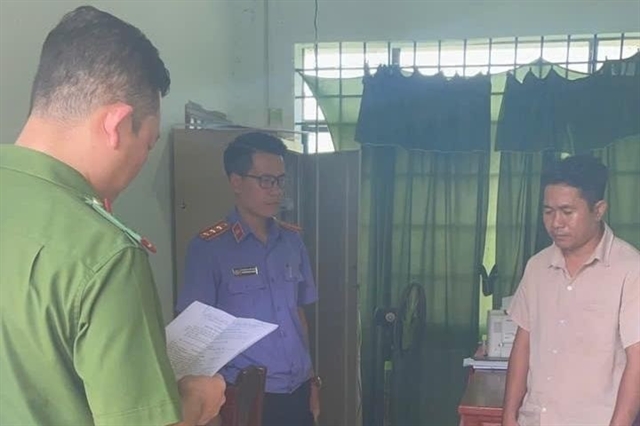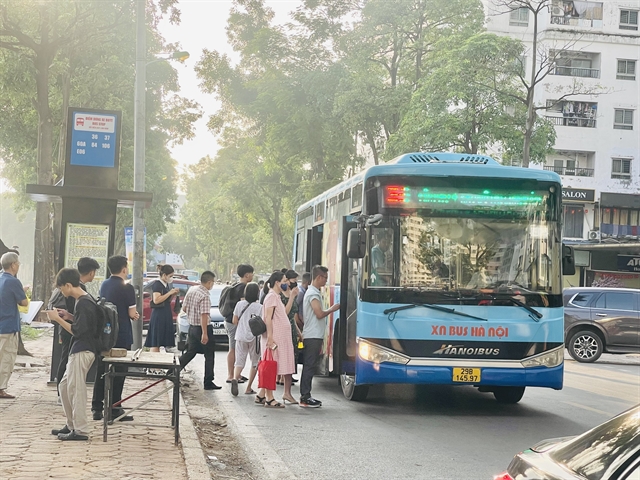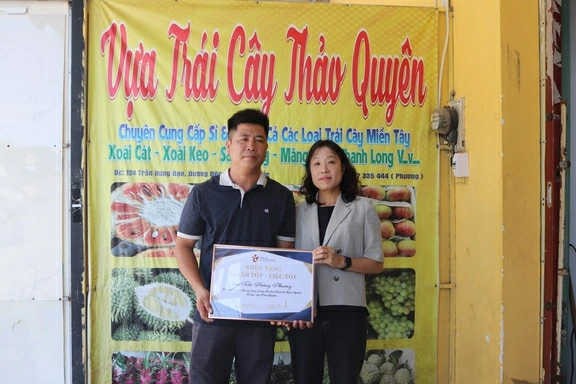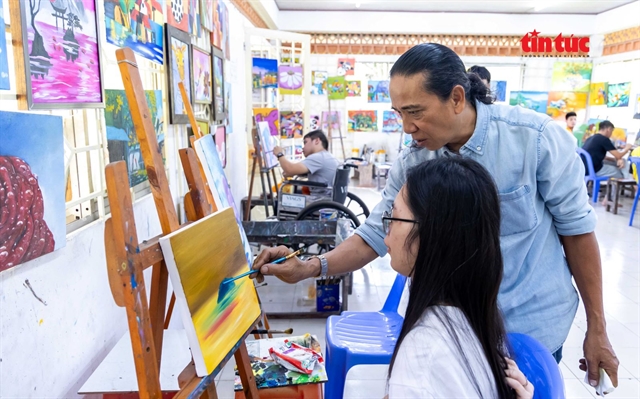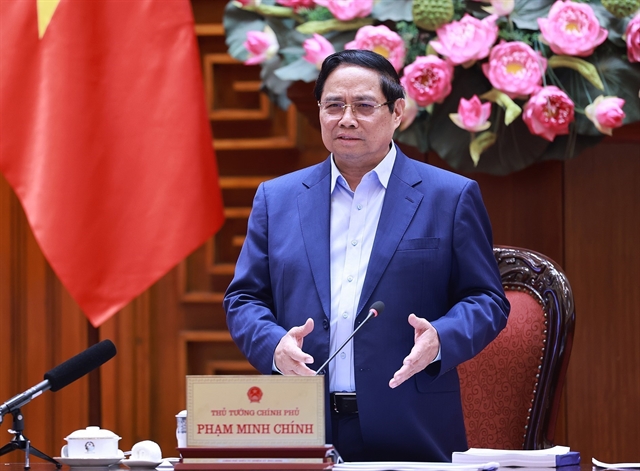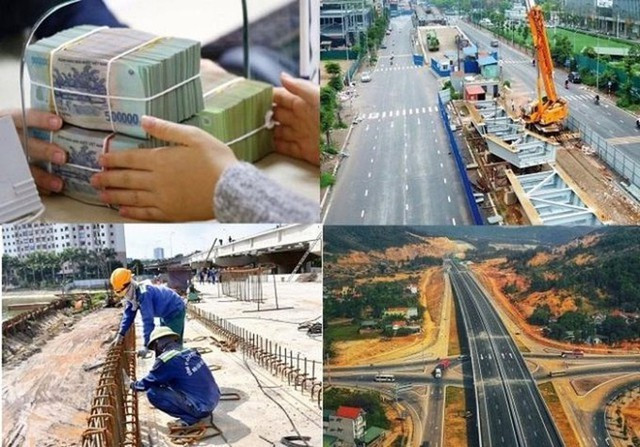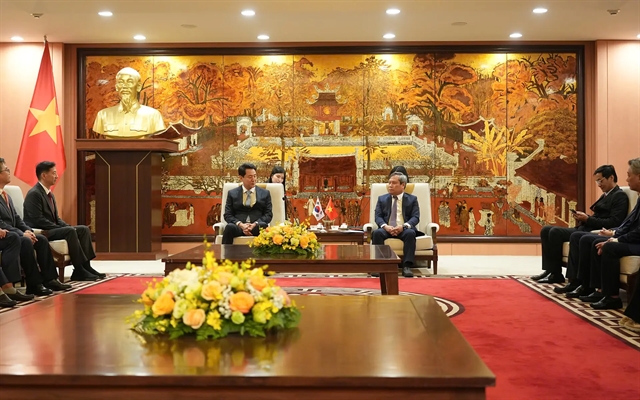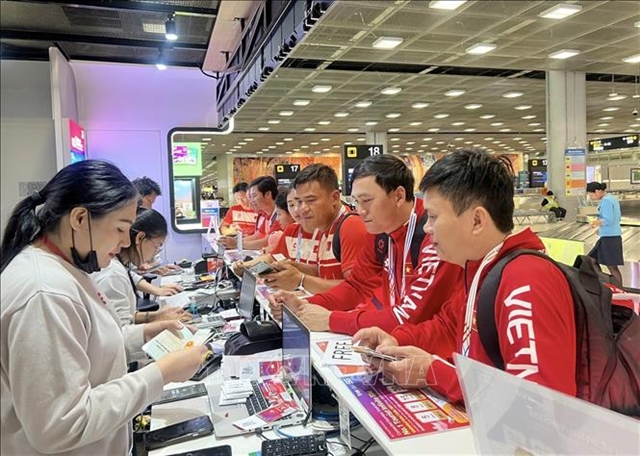

|
| The 2025 National Scientific Conference on Surgery and Endoscopic Surgery organized by the Việt Nam Association of Surgery and Endoscopic Surgery on November 14 in Thái Nguyên Province. Photo suckhoedoisong.vn |
THÁI NGUYÊN — Việt Nam’s surgical sector is entering a high-tech era, driven by advances in robotics, medical imaging, artificial intelligence, three-dimensional simulation and fast-track recovery technologies, Deputy Minister of Health Professor Trần Văn Thuấn has said.
“These innovations aim to enhance treatment quality, shorten hospital stays and, crucially, reduce costs for patients,” Thuấn, who also serves as chairman of the National Medical Council, told the 2025 National Scientific Conference on Surgery and Endoscopic Surgery hosted by the Việt Nam Association of Surgery and Endoscopic Surgery on November 14 in Thái Nguyên Province.
He emphasised that the health sector is stepping into a new phase, an “open development space” shaped by strong strategic direction from the Party and the State.
In particular, Resolution No.72 issued on September 9 by the Politburo outlines the development of scientific, traditional and modern medicine, placing emphasis on high-quality human resources and improved medical examination and treatment services.
“Resolution No.72, together with Resolution No.57 on breakthroughs in high technology and digital transformation, and Resolution No.59 on international integration, has created strong momentum for the health sector in general, and the surgical field in paảticular, to advance, innovate and move towards international standards,” Thuấn said.
In this context, the surgical sector must maintain a pioneering role in hi-tech application, medical technology innovation and the improvement of professional competence standards, he said.
The sector should also build and standardise professional guidelines and technical procedures, ensuring regular updates, synchronisation and alignment with specialist training levels.
Thuấn highlighted another key direction: advancing academic work and publishing scientific research internationally.
“The association’s journal needs to reach Scopus and ACI standards and expand its influence in the region,” he said.
“I hope that scientists in the association will form multi-centre research groups, strengthen international collaboration, and publish studies with high practical value that contribute directly to shaping national health strategies and advancing global academic integration.”
Alongside professional and technical development, the Ministry of Health also urged the association to focus on the social responsibilities of the surgical sector.
“We need to expand humanitarian surgery programmes and surgical screening for people in remote and disadvantaged areas, and develop a network of grassroots surgical units guided by expertise from high-tech centres. This will help realise the policy of comprehensive, life-long healthcare for all citizens, as outlined in Resolution No.72,” he said.
Speaking at the conference, Professor Dr Trần Bình Giang, president of the Việt Nam Association of Surgery and Endoscopic Surgery and former director of Việt Đức Friendship Hospital, said that compared with leading countries in the global surgical field, Việt Nam is making strides that place it very close to the world’s major centres.

|
| Doctors are performing a kidney transplant. VNA/VNS Photo |
Việt Nam is pushing the boundaries of surgical and endoscopic care, performing a wide range of advanced procedures across multiple organs, including the abdomen, thorax, cardiovascular system, brain and single-incision endoscopic surgery, among others.
Regarding organ transplantation, the country has advanced rapidly, with the number of transplants steadily rising and saving countless lives.
“We no longer transplant only single organs. We are now carrying out multi-organ transplants from brain-dead donors. We have also adopted new techniques such as endoscopic multi-organ retrieval and transplantation. Increasingly, both domestic and foreign patients are coming to Việt Nam seeking treatment and opportunities for organ transplantation,” Professor Giang said.
On the application of information technology, the association’s president noted that the use of robotic systems is expanding quickly in surgery. New generations of multi-functional robots are being continuously upgraded, ensuring precision in operations and eliminating surgeon tremors.
He added that advanced information-technology systems now allow experts at major centres to support provincial doctors in operating on patients in remote areas or localities isolated by natural disasters.
“When transmission lines are fast and stable, doctors sitting in Hà Nội can operate on a patient at a distant location such as HCM City – this is entirely feasible,” he said.
According to Prof. Giang, the development of Việt Nam’s surgical sector is strong and increasingly sophisticated, keeping pace with global progress. Alongside high-tech advancements in major centres, the association also supports localities so that people in remote and mountainous areas can benefit equally from scientific and technological achievements.
“We have organised many endoscopic surgery training courses for provincial hospitals. The association has also sent specialists to remote places such as Đồng Văn, Sốp Cộp and other mountainous hospitals to bring advanced techniques directly to local patients. For an ethnic minority patient with appendicitis to receive endoscopic surgery in their own locality and be discharged after just over one day to return to normal life – that is a miracle for local communities,” he said.
He further stressed that while many developed countries have advanced surgical centres, bringing such techniques to remote areas is something not all of them achieve, whereas Việt Nam has been working tirelessly to promote equitable access to healthcare, ensuring that the best techniques reach even the most disadvantaged populations.
The National Conference on Surgery and Endoscopic Surgery 2025 is a large-scale event featuring key scientific and clinical topics such as applications of high-tech systems, including robotics and ICG imaging techniques; the Enhanced Recovery After Surgery (ERAS) programme; achievements in organ transplantation, including reports on the first successful heart–lung block transplant in Việt Nam; and the application of endoscopic surgery in liver transplantation.
The conference programme also includes advanced specialised demonstrations, with surgical cases on 14 November showcasing challenging modern techniques such as livestreamed anterior/posterior cruciate ligament reconstruction using the all-inside method, and endoscopic liver resection applying ICG.
This year marks a particularly important milestone for the association – the second Congress of the Việt Nam Association of Surgery and Endoscopic Surgery for the 2025-2030 term. VNS
